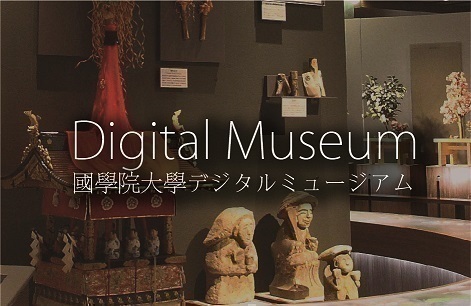- トップ
- Encyclopedia of Shinto
- Chinjugami
Encyclopedia of Shinto
| Main Menu: | |
| Links: |
詳細表示 (Complete Article)
| カテゴリー1: | 2. Kami (Deities) |
|---|---|
| カテゴリー2: | Kami in Folk Religion |
| Title | Chinjugami |
| Text | A kami acting as a tutelary of a circumscribed geographical region or area of land. Believed to have originated with the qié-lán-shen (Jp. garanjin), tutelary deities of temple compounds in China, the growth of kami-buddha syncretism (shinbutsu shūgō) led to the dedication (kanjō) of various kami within the precincts of temples in Japan as well. Famous examples of such temple tutelaries include Niu Myōjin at Kongōbuji (Mt. Kōya), Sannō Gongen at Enryakuji (Kyoto), and Kasuga Myōjin at Kōfukuji (Nara). Based on this practice, kami were later dedicated as tutelaries of the nation and palace, followed by tutelaries of provinces and castles, and even noble manors (shōen) and domains. Some of the guardian kami thus dedicated included the Ise and Kamo shrines as tutelaries of the nation and capital, and the Ichi no miya shrines as provincial tutelaries. As tutelaries of shōen estates, various kami of the capital region were selected for their deep ties to the noble proprietors of such estates, while the Sannō Shrine (present-day Hie Jinja) was dedicated by Tokugawa Ieyasu as a tutelary of the shogun's castle in Edo. In other cases, kami were dedicated as the protectors of the homes of individual families. These tutelaries were originally selected for their characteristics as powerful kami with the ability to subdue local indigenous land spirits, and make them subject to the new resident, with the end of providing safety to the region and its occupants. With time, however, such dedicated outside tutelaries became confused with the indigenous local land spirits themselves, so that from the medieval and particularly in the early modern period, a wide variety of shrines with differing lineages and histories came to be broadly known as village chinjugami. In some cases, shrines originally dedicated by local gentry families rose to the status of clan kami (ujigami), and thence came to be celebrated as chinjugami of all people living within the geographical village; in others, the development of new land would be accompanied by the dedication of a shrine as the ubusunagami (residents' tutelary) for the occupants of the new land, and that kami would subsequently come to be called the chinjugami of the newly developed geographical area. Such trends were furthered by the government's system of temple registration (terauke) during the early modern period; under this system, shrines were placed under the management of Buddhist temples, with the result that many shrines came to be viewed as the chinju of the associated temple. Through this process, chinjugami came to be viewed as little different from ujigami and ubusunagami, and the chinjugami came to be worshiped as a divine tutelary of all the people living within its realm. This is the significance of the term chinju no mori ("grove of the chinju") which is used to describe the groves of trees at modern Shinto shrines. -Suzuki Kentarō |




